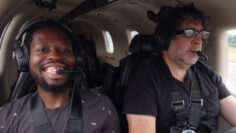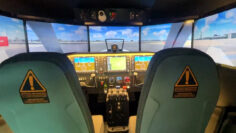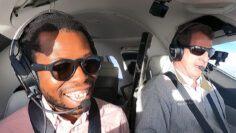What in the world is an Autogyro?
Control Systems
Autogyros employ various control systems to ensure stability and maneuverability during flight.
Cyclic pitch control
The cyclic pitch control mechanism enables the pilot to adjust the pitch angle of the rotor blades as they rotate, allowing the autogyro to roll and tilt in different directions.
Collective pitch control
With the collective pitch control, the pilot can simultaneously adjust the pitch angle of all the rotor blades. By modifying the collective pitch, the pilot can regulate the total lift produced by the rotor system.

Rudder control
Similar to helicopters, autogyros incorporate a tail rotor controlled by pedals. This rudder control provides yaw control, enabling the autogyro to change direction and turn during flight.
Frequently asked questions
How is an autogyro different from a helicopter?
Autogyros and helicopters may share a rotor system, but they differ in significant ways. Autogyros rely on autorotation to generate lift, whereas helicopters use engine power to drive their rotors. Additionally, autogyros have fixed wings, which distinguish them from rotary-winged helicopters.
Can autogyros hover like helicopters?
Unlike helicopters, autogyros cannot hover in one place since their rotor systems require forward motion to generate lift. However, autogyros excel at flying at low speeds and can perform vertical takeoffs and landings, making them adept at operating in confined spaces.
Are autogyros safe to fly?
When operated within their design limitations and with proper training and maintenance, autogyros are considered safe. Their inherent stability and the ability to continue flying even in the event of engine failure contribute to their solid safety record. However, as with any aircraft, safe operations require skilled pilots, regular inspections, and adherence to safety protocols.






